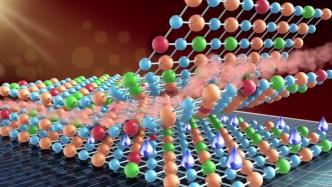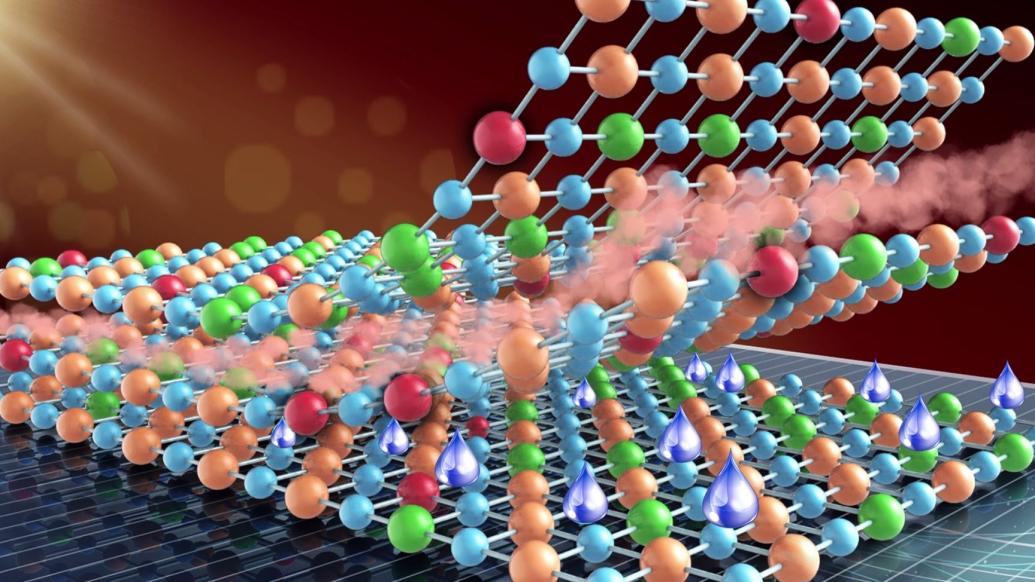

Due to the contradictory problem of "passivation-transportation" in perovskite solar cells, changes in the thickness of the ultra-thin passivation layer at the nanometer level will cause a decrease in fill factor and current density.
The reporter learned from the University of Science and Technology of China on February 18 that the team of Professor Xu Jixian and his collaborators proposed a method named PIC (porous) for the long-term ubiquitous "passivation-transmission" contradiction in perovskite solar cells. Insulated contact) new structure and breakthrough scheme, achieved the world record of steady-state certification efficiency of pin trans-structure devices, and demonstrated general applicability in a variety of substrates and perovskite components. Relevant research results were published in the journal Science on the 17th.
In perovskite solar cells, the nonradiative recombination loss brought about by the heterojunction contact problem has been shown to be the main performance limiting factor. Due to the existence of the "passivation-transport" contradiction problem, the thickness change of the ultra-thin passivation layer at the nanometer level will cause the decrease of the fill factor and the current density.
The PIC contact structure scheme refined by the research team does not rely on the traditional nanoscale passivation layer and tunneling transmission, but directly uses a porous insulating layer with a thickness of hundreds of nanometers to force carriers to transport through the local open area while reducing the contact density. area.
Through the transformation of the PIC growth method from the conventional "layer + island" mode to the "island" mode, the team successfully used the low-temperature and low-cost solution method to realize the preparation of this nanostructure, and for the first time realized the recombination speed of the hole interface from 60 cm/s down to 10 cm/s, and 25.5% of the single-knot maximum efficiency. This dramatic improvement in performance is ubiquitous in perovskites with a variety of bandgaps and compositions, demonstrating the broad application prospects of PICs. The PIC structure has achieved the improvement of perovskite film coverage and crystal quality on various hydrophobic substrates, which is also very meaningful for large-area scale-up preparation.
The reviewer of "Science" magazine commented: "The PIC structure has been well demonstrated and realized for the first time at the hole transport interface... This method will have an important impact on the future research on local passivation technology."
(Originally titled "My Scientist Proposes a New Structural Scheme for Perovskite Batteries")